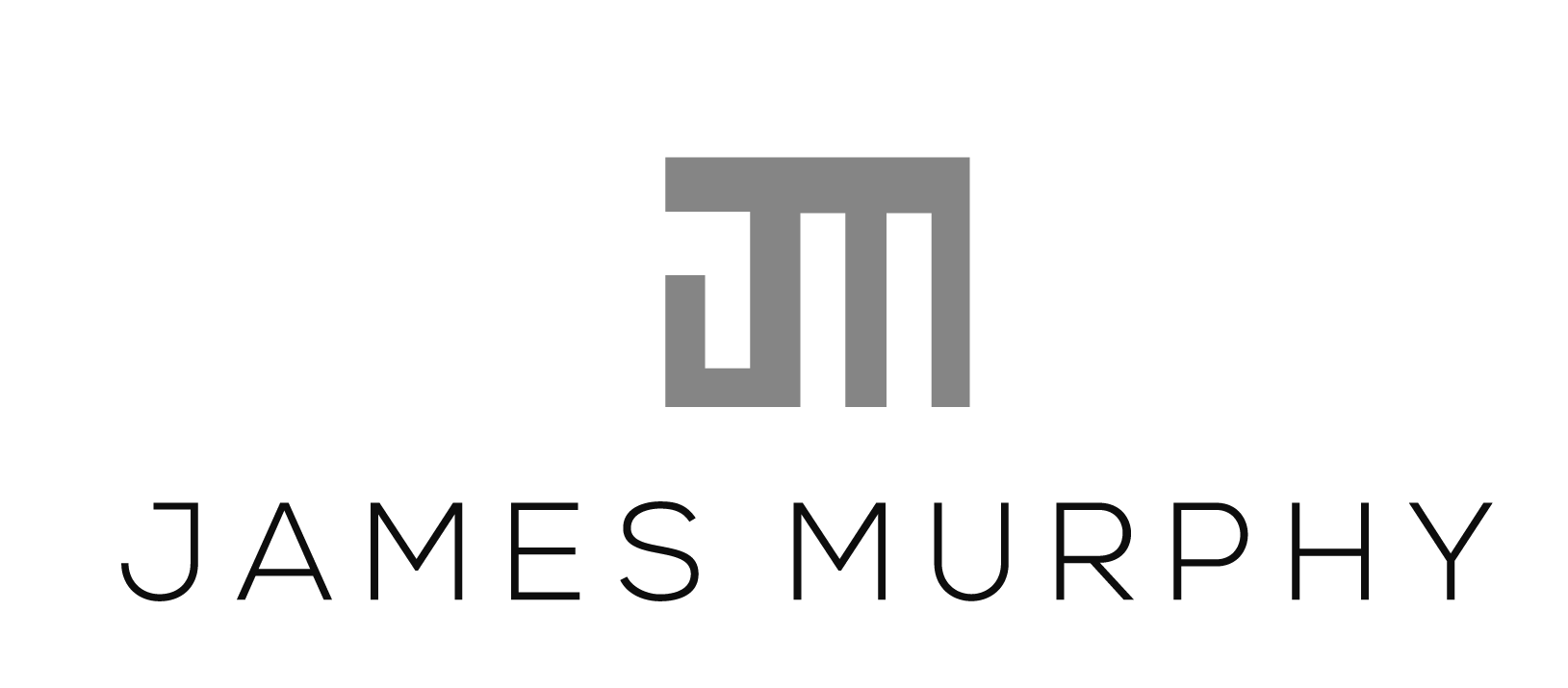Do your product testing efforts feel in vain? Rapid prototyping can help reveal critical design flaws and demonstrate key performance indicators using fewer resources. Find out how rapid prototyping can help streamline your product testing efforts in this journey from concept to creation.
Product testing is a manufacturing step that most teams don’t want to forget. They depend on the results of each test to determine what’s right or wrong with their designs. This stage helps them improve concepts before creation, saving time and money along the way. It’s also crucial when measuring innovation and practicing sustainable fabrication.
Developing new products or enhancing existing inventories can be challenging without an accurate model to examine. Meanwhile, some investors want to evaluate quality, functionality, and market appeal before making a deal. Rapid prototyping for product testing provides critical answers to everyone on the team and delivers them before mass production.
How does RP assist the product testing phases, and what does the journey from concept to creation look like? This article will explore the many benefits of rapid prototyping for product development teams. It will also discuss how building prototypes can streamline troubleshooting and help manufacturers lead the competition. Let’s cut to the chase.
Table of Contents
Rapid Prototyping for Product Testing: An Overview
What You Need to Know About Rapid Prototyping Software
Why Rapid Prototyping Is Crucial to Product Testing
Business Processes, Rapid Prototyping, and Product Testing
The Product’s Journey from Concept to Creation
Rapid Prototyping Steps Before Product Testing
Other Rapid Prototyping Steps You Should Take Before Manufacturing
Benefits of Rapid Prototyping for Product Testing
#1. Quickly Send Models for Collaborative Product Development
#2. Determine Functionality and Fit of Crucial Components
#3. Achieve Standardised Excellence with Revised Designs
Rapid Prototyping for Product Testing: An Overview
Manufacturers use rapid prototyping techniques during crucial product development steps, including the testing phase. It helps them visualize various elements, features, and geometries to ensure top quality.
“Many businesses rely on RP to meet or exceed industry standards and ISO regulations, quickly moving their products from concept to creation.”
Product testing can provide decisive feedback for teams to discuss, integrate, dismiss, or otherwise. It gives them more control over the final product and allows for more manageable iterations of the final design. The benefits of rapid prototyping for product testing phases are indisputable, helping to remove human error, reduce frustration, and foster better collaboration among teams.

We offer fast, high-quality, tailored PROTOTYPING solutions for leading companies in a wide range of industries.
superior Rapid PROTOTYPING
Using rapid prototyping technologies while testing products is less expensive than starting projects from scratch. It helps engineers avoid missed details, vague ideas, accidents, and overthinking. Experts can also use precision software and fine-tuned tooling techniques to take it a step further.
What You Need to Know About Rapid Prototyping Software
The software used for rapid prototyping and subsequent product testing is sophisticated and complex. Manufacturers use agile software development and supportive tools to create fast, informal models. Then teams can examine them before wasting energy or resources on products that don’t fit the bill.
This helps sustainable manufacturing efforts and can clarify specifics in real-time. Rapid prototyping software aligns expectations with reality, allowing for the free flow of ideas during design development and product testing. The different CAD programs render simple models that teams can destroy afterward without worrying about exorbitant costs or extended lead times.
The following steps generally include formal approaches and techniques, integrating higher-quality materials and more complex designs. Teams first utilize the identified requirements and develop enhanced items based on the most critical criteria. None of this would be possible without three-dimensional model-making, additive manufacturing, and CNC machining supported by advanced RP software.
Why Rapid Prototyping Is Crucial to Product Testing
“Taking designs from concept to creation is a journey with multiple stops, but RP helps eliminate some.”
The primary goal of product development and fast manufacturing is to serve industries with high-quality goods using excellent fabrication techniques. Rapid prototyping gives teams the preliminary user feedback required to prevent those market gridlocks and recalls.
Rapid prototyping is crucial to product testing because it ensures a better-finished product. What is the point of creating a concept if the final design is far off base? Reputable manufacturers need a failsafe, and RP provides one. It reveals the critical features and demonstrates how they work together so teams can find the perfect balance between innovation and integration.
Product testing helps guarantee a marketable inventory, but PT isn’t possible without RP. Experts use rapid prototyping to ensure optimal functionality, improve product appearance, and reduce unnecessary manufacturing costs associated with full-stack development. This is how many take an immature concept and turn it into a sellable item long before the competition.
Imagine having an unprecedented product with no base of comparison. You would not know what the competitors were doing or how buyers might behave. RP software and tailored manufacturing approaches can ensure teams have the appropriate data for excellent product testing and mystery-free distribution.
Business Processes, Rapid Prototyping, and Product Testing
The success of product testing phases using rapid prototyping can depend on multiple factors, including the required business processes. For example, some companies might focus more on aesthetics than functionality. Others may need rapid prototyping to prevent liabilities or become legitimate manufacturers of never-before-seen products.
For many reasons, business processes, rapid prototyping, and product testing go together. One is that a business defines its goals, and RP helps them discover the relevant data for efficient product testing. In other words,
“…businesses are the teachers, and rapid prototyping gives them study material before the big exam.”
Rapid prototyping software can help collect and organize critical modeling data for examination and inclusion in the final product. Some programs also allow teams to categorize with demographics reports for more in-depth inspection. This helps product developers quickly recognize their primary customers’ wants, needs, and expectations. Then they can use product testing tools to ensure they’ve hit the mark.
Product testing compares documented data models and digital objects. Also, it sometimes uses automated crawlers to hasten data processing and render actionable results ahead of schedule. These models serve multiple purposes when taking projects from concept to creation. However, their primary appeal is how they reduce learning curves and demonstrate value before investment.
FACT: Businesses using RP for product testing are more likely to manufacture goods that customers will gladly buy.
The Product’s Journey from Concept to Creation
Firstly, product testing should always involve collaboration with the top stakeholders. This helps provide essential knowledge and gives teams valuable insights they can use before demonstrations and mass production. However, teams should be careful about using rapid prototyping processes for more than capturing the initial concept. RP is not self-contained, regardless of your project’s intended fidelity.
Let’s look at different fidelity options available through rapid prototyping for product testing and development:
- Low-Fidelity Prototypes – Simple two-dimensional sketches or CAD mockups used to help engineers understand various components for digital interpretation.
- High-Fidelity Prototypes – Intricate three-dimensional models or CAD designs to demonstrate final appearance or functionality.
Notice how both choices give teams more information based on their needs. RP for product testing means understanding how elements interact and determining user flows while there’s still time for adjustments. It doesn’t mean forfeiting critical manufacturing steps or cutting corners to create products faster. The increased production speeds and lowered costs result from a more efficient approach.
An innovative product’s journey from concept to creation is neither straight nor narrow. It is customized to the business, centered on the data, and focused on the goal. Rapid prototyping casts a wide net during product testing to align those goals with exceptional outcomes. Do you want low-fidelity or high-fidelity products? Let RP help you answer that.
Rapid Prototyping Steps Before Product Testing
Teams can use rapid prototyping technologies to test ideas quickly and without costly tooling. They can also develop high-fidelity prototypes to mimic the final design and evaluate performance.
“These functional models offer a unique advantage to diligent engineers who want a scope not available with static modeling.”
However, complex iterations might require more steps than low-fidelity prototypes.
Physical models allow teams to review details, fix problems, and offer feedback to other stakeholders. Ask for a rapid prototyping service quote before deciding on an approach. RP is a significant investment upfront but usually pays for itself in reduced waste. Engineers can also repeatedly modify designs until they become suitable products.
Despite the options, teams can expect these rapid prototyping steps before standard product testing:
- Goal Setting – This phase involves determining what your ideal outcomes are and what budget constraints you have.
- Participant Selection – This step involves choosing who will test your products and for what purposes.
- Fidelity Determination – This is when teams decide whether to fabricate a low-fidelity or high-fidelity prototype.
- Features and Functionality Preview – This stage consists of teams picking how they want the prototype to look or perform based on specified goals.
- Software Screening – This means picking the rapid prototyping software to make models and foster practical product testing.
Efficient product testing means creating prototypes that are close to the final product. Precision prototyping reduces design failure risks and validates concepts to help push them to creation without expensive mistakes.
Other Rapid Prototyping Steps You Should Take Before Manufacturing
On a more technical note, the RP process consists of these five primary steps:
- CAD Solid Modelling
- Model Conversion to STL
- STL Slicing
- Model Fabrication
- Product Testing
Depending on the design and prototype quality, some teams might conduct post-processing to troubleshoot errors or adjust features. Then they repeat the rapid prototyping process from CAD solid modeling to product testing until they get it right. Talk to your team for timesaving insights, or consult an RP expert for more information.
Benefits of Rapid Prototyping for Product Testing
“Creating functional prototypes is a fast and efficient way for product developers and testing teams to validate specifics before moving forward.”
However, that’s not the only RP advantage. Check out these rapid prototyping benefits for product testing:
#1. Quickly Send Models for Collaborative Product Development
Competitive companies need fast and accurate information about their developing innovations. Rapid prototyping helps deliver time-sensitive data across multiple platforms using digital communication and CAD software. This means teams can collaborate effectively despite distances to create sensible designs for piece-by-piece testing.
CAD models converted into STL format represent realistic details. They illustrate the three-dimensional product’s finished surface geometry minus key features such as texture and color. Teams can then move to STL slicing and create prototypes for group evaluation.
#2. Determine Functionality and Fit of Crucial Components
Because rapid prototyping can produce relatively accurate models, engineers use RP for product testing initiatives such as safety checks, performance reviews, and ISO regulatory compliance. This is about more than appearances. Product testing with rapid prototyping points out critical risks and helps teams make fewer mistakes.
Forget expensive budgets when developing a high-quality end-use product. Instead, use RP technologies to determine the functionality of your concepts. Then create an inventory that fits your business plan and target audience. Rapid prototyping for product testing means catching issues early enough to do something productive about them.
#3. Achieve Standardised Excellence with Revised Designs
Rapid prototypes are not the final product, even if you choose to create a high-fidelity model. That means you can make mistakes or try new things without stressing over the budget. It also means you can develop better designs while reducing the possibility of future problems.
Use RP techniques to introduce your product concepts to wider audiences. Then leverage audience support for further developments and enhancements. Become a manufacturer at the forefront of your industry with leading technologies quickly gaining ground in the product testing pipeline.
Conclusion
Product testing ensures your design aligns with expectations. It allows you to take a proactive approach to manufacturing for modern industries. Rapid prototyping helps teams discover where their concepts need improving and then move on to create high-quality outcomes with less waste.
RP processes prioritize functionality and reveal crucial features that could make or break the design. Reduce product failure risks and succeed as a competitive manufacturer with product testing and rapid prototyping. Catch issues early and make the necessary changes as needed.
 About the Author
About the Author
James Murphy is the founder and CEO of HLH Rapid – a hybrid CNC machine shop fusing Western service and quality with Eurasian industry influences for over 14 years. His advanced enterprise uncovers cost-effective rapid injection molding techniques to remain unmatched by industry competitors. Murphy’s full-service fabrication and manufacturing methods span six dedicated zones, from 3D printing and vacuum casting to sheet metal prototyping and project management. His expertise also includes high-efficiency machining within strict yet volatile markets.
Murphy earned an MBA after becoming inspired by his father’s hands-on craftsmanship. As a budding entrepreneur, he taught English and studied Chinese to pursue pioneering objectives. His groundbreaking approach helps build the future by providing well-rounded manufacturing services to innovative Western businesses. When he’s not offering upscale RP and CNC, James enjoys art-house movies, Thai boxing, and spending time with his growing family.
Visit HLHRapid.com for an instant quote on rapid prototyping services.


